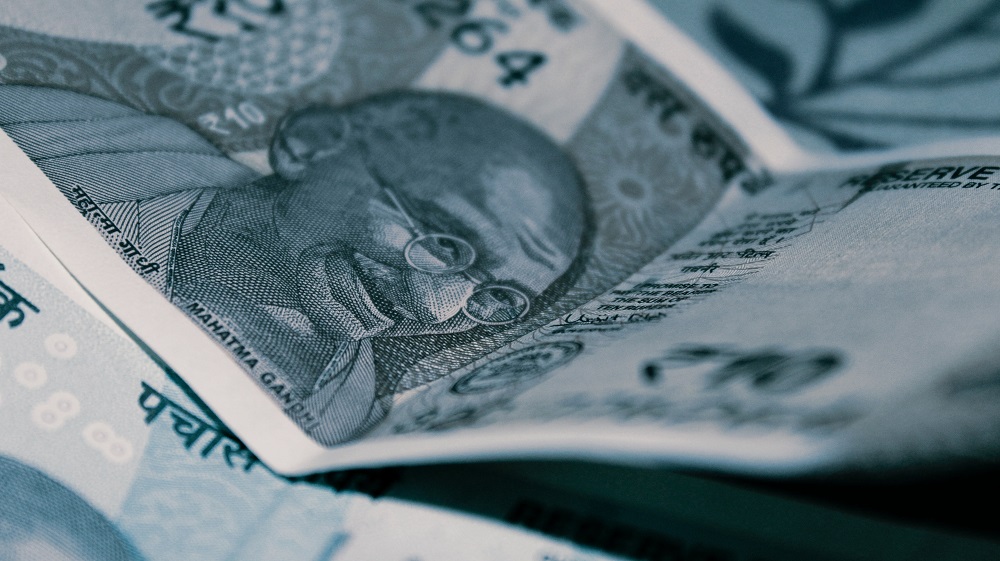
If these conditions of job uncertainty and low demand sustain, the economy could enter a recessionary cycle. People might defer non-essential buys thus killing recovery
The impact of the pandemic on the economy has been acute and the Reserve Bank of India’s (RBI’s) Monetary Policy Committee (MPC), led by Governor Shaktikanta Das, recently said it was important to take into account the weak growth momentum. It pointed to the need for prioritising growth in view of the less- risky inflation outlook, while also ensuring that financial conditions remain benign when a recovery takes place, in order to sustain confidence.
The future: Though the MPC refrained from providing any forecast on the Gross Domestic Product (GDP) growth, members said they expect the economy to contract in the current fiscal year and noted that agriculture and allied activities have provided the only silver lining till now.
Chief Economic Advisor Krishnamurthy Subramanian also spoke about the downside risk to the economy and GDP contraction in the first quarter (Q1) of the Financial Year (FY) 21. He further said that this would lead to a fiscal deficit of over five per cent of the GDP in FY21. For FY20, the fiscal deficit came in at 4.6 per cent of the GDP, compared with the revised estimate of 3.8 per cent and the Budget estimate of 3.3 per cent. It had breached the 0.5 per cent escape clause, which the Fiscal Responsibility and Budget Management Act, 2003 (FRBM Act) allows.
A complex economy: Now, as India begins to open up after a prolonged lockdown, hotels, restaurants and other hospitality services and shopping malls have been permitted to open. The lockdown, however, will continue in containment zones till June 30. High-frequency data is already showing a pick-up in activity in the Indian economy and the easing of the lockdown is a clear positive. But actual recovery depends on the positive mindset of the people and their purchasing power. India’s growth story is basically a consumption-based one. India has a multi-layered economy with the rural-urban economy on one hand and the organised-unorganised one on the other. This makes the situation challenging for anyone to come up with one simple solution which would work. Hence, solutions should also be multi-layered and ones that can be woven into another solution best suit the need of the Indian economy.
The ground reality: Many people have lost their jobs due to the lockdown and many have experienced salary cuts. This might lead to a structural change in business because we might encounter a situation where consumers start spending on essential items only. Plus, even though malls have opened, it will be a while before people start thronging them because of the need for social distancing. In such a situation, the big gainers will be the e-commerce firms.
The guidelines for the much-hyped collateral-free and automatic loans, too, are yet to reach bank branches and MSMEs are literally struggling to get their share. In this situation, interest and capital subsidy to such loans could be provided by States, too. We have seen all support to businesses coming from the Central Government but nothing from States. When taxes are collected by States, it is disheartening to see them shying away from their responsibility to support regional businesses during a crisis. If these conditions of job uncertainty and low demand sustain, the economy could enter a recessionary cycle and people might end up deferring all non-essential expenditure, which would kill short to medium-term recovery.
The way forward: The Government should provide relief on interest, late fee and penalty on both Direct Taxes and Indirect Taxes. The Goods and Services Tax Council should waive any sort of late fee and penalty and make provisions for refunding the same. Waiver of interest for the moratorium period will also help the cash-starved middle class.
The Government should understand that recovery will not come in the short term and, therefore, to speed up the process, it should hike capital expenditure and announce some big projects.
Alternatively, when the Government can see that demand has collapsed and growth in FY21 is headed towards negative territory, then instead of infusing more liquidity by reducing repo rates, loans and so on, the Government should start taking fiscal measures. All the measures the Government has taken till date are mostly on the supply side and not the demand side.
Before the pandemic struck the world, India was facing an economic slowdown and last year, too, the actions taken by the Centre to remedy the situation were on the supply side, like reduction in corporate tax rates, hoping for some investments from positive cash flows and saving from tax outlays.
The Government should also concentrate and channelise its efforts in welcoming companies moving out of China as India still continues to enjoy the trust of foreign investors and its banking system remains healthy. But that might not be sufficient to make the proposal lucrative. The Government has announced the setting up of a high-level Empowered Group of Secretaries, to be chaired by the Cabinet Secretary and a Project Development Cell (PDC) in ministries/departments with a view to attracting investments to the country. This is the right way forward but work should be done at a faster pace.
To deal with the current economic crisis, India must find the right balance between leaning towards a high fiscal deficit and ensuring financial stability. In all likelihood, the Government would come up with a fresh round of stimulus package in the short to medium-term. Only time will tell how deeply negative the growth will be. The economic situation is bleak but there is a silver lining in every crisis. We just need to find ours.
(Writer: Abhishek Raja; Courtesy: The Pioneer)








 OpinionExpress.In
OpinionExpress.In















Comments (0)